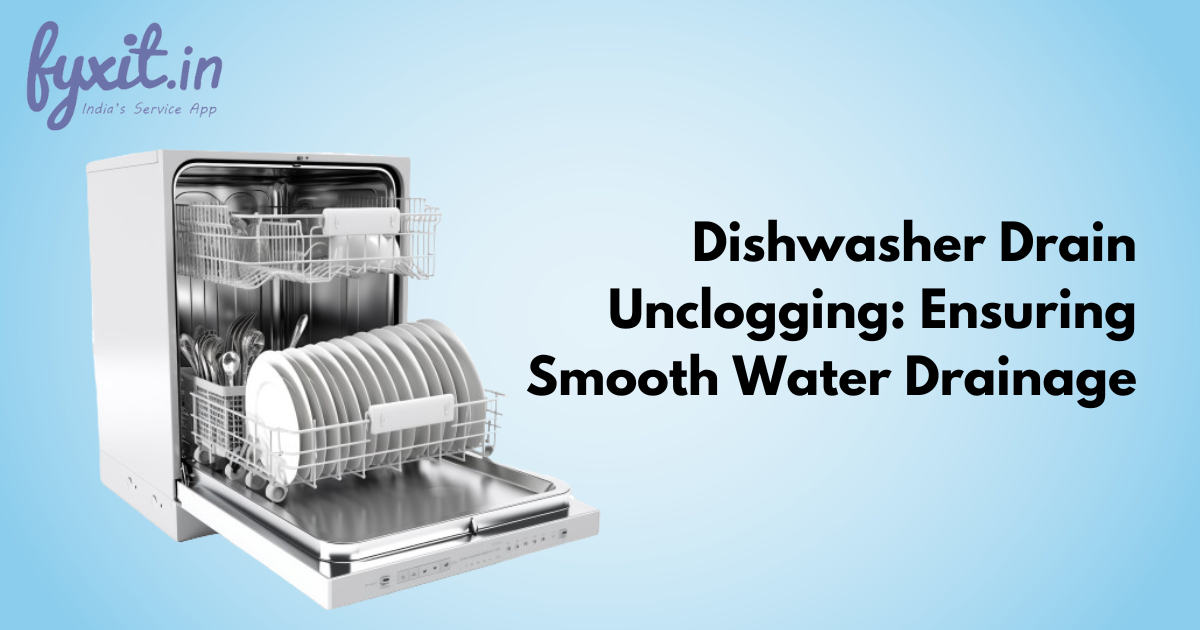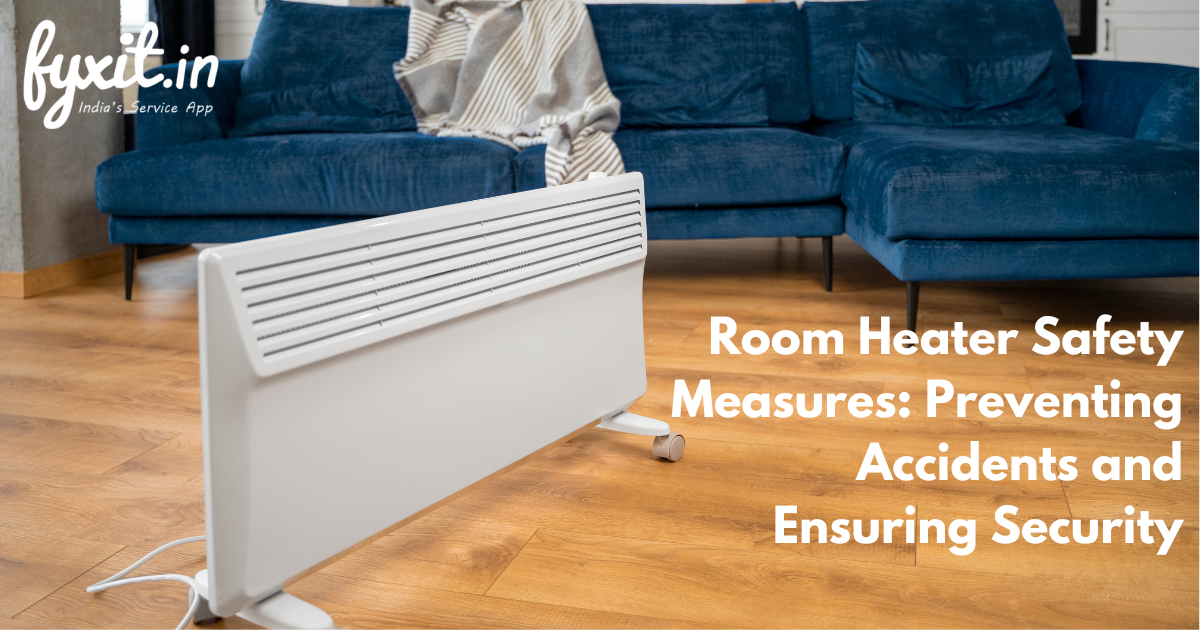Air purifiers play a vital role in maintaining indoor air quality by filtering out pollutants, allergens, and contaminants. To ensure the optimal performance of an air purifier, regular maintenance, particularly cleaning or changing the filters, is crucial. This comprehensive guide explores the importance of air purifier filter maintenance, the types of filters commonly used, and step-by-step instructions for cleaning and replacing filters.
Table of Contents
The Importance of Air Purifier Filter Maintenance
Efficient Air Cleaning:
Filters are the heart of an air purifier, responsible for trapping particles like dust, pollen, pet dander, and pollutants. Regular maintenance ensures the filters remain effective in capturing these particles and preventing them from circulating in the air.
Health Benefits:
Clean air contributes to a healthier indoor environment, especially for individuals with allergies, asthma, or respiratory conditions. Maintaining filters helps reduce allergens and airborne irritants, improving overall air quality.
Energy Efficiency:
Clogged or dirty filters force the air purifier’s fan and motor to work harder, leading to increased energy consumption. Regular maintenance helps maintain optimal airflow, promoting energy efficiency and prolonging the lifespan of the appliance.
Preventing Malfunctions:
Neglecting filter maintenance can lead to issues such as reduced airflow, overheating, or even motor failure. Regular cleaning and replacement prevent these problems, ensuring the air purifier functions correctly.
Types of Air Purifier Filters
Pre-Filter:
The pre-filter captures large particles like dust, hair, and pet fur, preventing them from reaching the main filter. Cleaning or replacing the pre-filter is often a simple task that contributes to overall air purifier efficiency.
HEPA Filter:
High-Efficiency Particulate Air (HEPA) filters are effective in capturing small particles, including allergens and pollutants. They play a crucial role in improving indoor air quality and may require replacement to maintain effectiveness.
Activated Carbon Filter:
Activated carbon filters adsorb odors, gases, and volatile organic compounds (VOCs). Over time, the carbon becomes saturated, and the filter may need replacement for continued odor control.
UV-C or Ionizing Filters:
Some air purifiers incorporate ultraviolet (UV-C) light or ionizing technology to neutralize bacteria and viruses. While these components may not require frequent replacement, it’s essential to follow manufacturer guidelines for maintenance.
Cleaning Pre-Filters
Power Off the Air Purifier: Ensure the air purifier is turned off and unplugged to prevent any accidents during the cleaning process.
Remove the Pre-Filter: Depending on the model, locate and remove the pre-filter. It is usually a washable, mesh-like material that can be easily detached.
Vacuum or Rinse: Use a vacuum cleaner with a brush attachment to gently remove dust and debris from the pre-filter. Alternatively, rinse the pre-filter under running water to remove accumulated particles.
Allow to Dry: After cleaning, let the pre-filter air-dry completely before reinserting it into the air purifier. Ensure it is thoroughly dry to prevent mold growth.
Reinstall the Pre-Filter: Place the clean and dry pre-filter back into its designated slot in the air purifier. Ensure it is securely in place before turning the device back on.
Changing HEPA and Activated Carbon Filters
Refer to the Manufacturer’s Guidelines:
Follow the recommendations provided by the manufacturer regarding the replacement frequency of HEPA and activated carbon filters. Typically, HEPA filters may need replacement every 6 to 12 months, while activated carbon filters may last for several months, depending on usage.
Power Off the Air Purifier:
Turn off and unplug the air purifier to ensure safety during the replacement process.
Locate and Remove the Filters:
Identify the locations of the HEPA and activated carbon filters. In most cases, these filters are behind a panel that can be easily opened or accessed.
Dispose of Old Filters:
Follow local guidelines for proper disposal of used filters, especially if they contain materials like activated carbon. Some filters may be recyclable, while others may need to be discarded in regular waste.
Install New Filters:
Insert the new HEPA and activated carbon filters according to the manufacturer’s instructions. Ensure they are securely in place before closing the filter compartment.
Reset Filter Replacement Indicator (if applicable):
Some air purifiers have a filter replacement indicator. If you’ve replaced the filters, follow the manufacturer’s instructions to reset the indicator to accurately track the next replacement cycle.
Turn On the Air Purifier:
Once the new filters are installed, plug in and turn on the air purifier. Allow it to run for a few minutes to ensure the new filters are functioning correctly.
Additional Tips for Air Purifier Maintenance
Regular Checkups:
Periodically inspect the air purifier for any signs of wear, damage, or issues with the filters. Early detection can prevent more significant problems.
Follow Manufacturer Guidelines:
Adhere to the maintenance guidelines provided by the manufacturer. These guidelines are specific to each model and ensure optimal performance and longevity.
Monitor Air Quality:
Keep an eye on changes in indoor air quality. If you notice a decline in performance or an increase in allergens, it may be time for filter maintenance or replacement.
Keep the Surrounding Area Clean:
Dust and pollutants in the surrounding environment can impact the air purifier’s efficiency. Regularly dust and clean the area to maintain optimal performance.
Consider Pre-Filters for HEPA Filters:
Using a pre-filter in conjunction with a HEPA filter can extend the lifespan of the HEPA filter by capturing larger particles before they reach the main filter.
Maintaining the filters in your air purifier is essential for ensuring its continued effectiveness in providing clean and healthy indoor air. Regular cleaning and replacement of filters, following manufacturer guidelines, contribute not only to the longevity of the air purifier but also to the overall well-being of those in the indoor environment. By incorporating these maintenance practices into your routine, you can enjoy the benefits of improved air quality and a more efficient air purifier for years to come.



